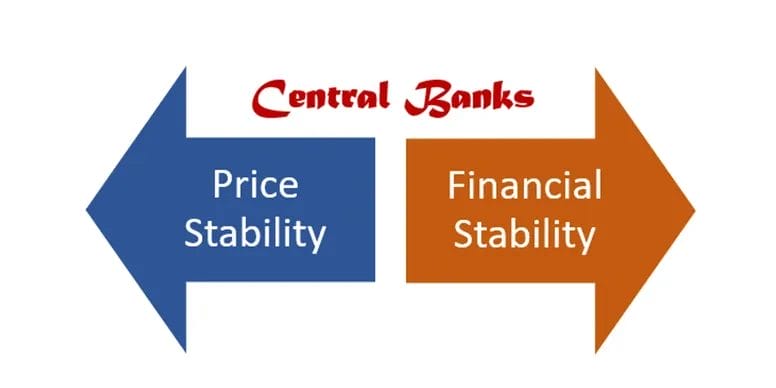
The ongoing banking crisis claimed more victims last week. The parent company of SVB filed for bankruptcy under chapter 11 rules in order to protect its assets from creditors. Meanwhile, Silvergate has gone under, and First Republic bank is also under stress. A group of 11 banks pooled resources to put together a rescue plan worth around $30 billion, in an attempt to stop the slide on the banks’ equity prices, which had collapsed by 90% from their peak of $219 reached at the end of 2021. It is not yet clear weather this rescue plan will be effective, as the fall in the banks’ equity prices has not yet stopped.
Much more significantly, on the other side of the Atlantic, one of the major European lenders, Credit Suisse, also got into trouble. Credit Suisse’s troubles started years ago, with very poor investment decisions, the most recent and insignificant of which have been the financing given to Greensill and to Archegos, both of which resulted in heavy losses for the bank.
Credit Suisse also had to apply for public rescue, with the Swiss National Bank providing emergency funds to it to the tune of €50 billion. During the weekend, the acquisition of Credit Suisse in its entirety by its historical rival, UBS will likely put an initial end to this story. Its investment bank operations, which were supposed to be shut down anyway, remain the most problematic part of the sale, as they may conceal hidden losses.
The cases of SVB and Credit Suisse are very different. SVB had engaged in a very conservative business model, based on re-investing in safe US Treasury bonds; its collapse was caused by the lack of basic risk management practices. Credit Suisse meanwhile had engaged in a series of risky operations, the losses from which ultimately eroded the bank’s capital.
While this episode of financial instability was unfolding, central banks had to decide whether or not to continue their tightening cycles in order to a combat still-elevated inflation rate. As we discussed in our review, the European Central Bank decided to carry on with its pre-announced 50 basis point increase in interest rates, in part to address inflation but also to send a signal that the European banking system was solid and not involved in the ongoing banking crisis affecting US and Swiss banks.
This week, it will be the US Federal Reserve and Bank of England’s turn to decide on their respective interest rates. As discussed in our previews, we expect both central banks to increase their policy rates by 25 basis points, unless new financial instability episodes emerge before their policy meetings take place.
But the genie is out on the box: it has become patently clear that a conflict exists between pursuing price stability and financial stability goals. We had discussed this at length in our 2023 Global Outlook, long before these episodes manifested themselves. During her press conference, Christine Lagarde attempted to provide assurances that such a conflict does not exist, as the ECB will use its interest rates primarily to fight inflation, and its liquidity tools to prevent financial instability from spreading. But the reality is likely to be much more difficult.
Central banks may need to stop their tightening cycles, and perhaps even start cutting rates or resuming QE, to make sure that the financial system is not in danger. The next few weeks will show whether or not central banks will have to resort to these kinds of measures to prevent further financial instability episodes.